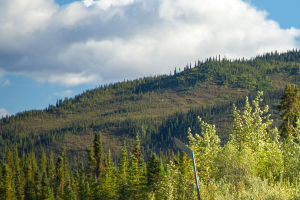Wind power is a clean and renewable source of energy that is becoming increasingly popular around the world.
Harnessing the power of the wind to generate electricity has many benefits, including reducing greenhouse gas emissions and helping to mitigate the effects of climate change.
How Wind Power Works
Wind power works by capturing the kinetic energy of wind and converting it into electricity.
This is done through the use of wind turbines, which are tall, slender structures with large blades that rotate when the wind blows.
As the blades rotate, they turn a generator, which produces electricity that can be used to power homes, businesses, and other facilities.
Wind turbines are typically installed in areas with high wind speeds, such as coastal regions or open plains.
Benefits of Wind Power
Wind power has many benefits, both for the environment and for society as a whole. Some of the key benefits of wind power include:
1. Clean and Renewable Energy
Wind power is a clean and renewable source of energy that does not produce any greenhouse gas emissions or other harmful pollutants.
This makes it a much more sustainable option than traditional fossil fuels like coal, oil, and natural gas.
2. Cost-Effective
The cost of wind power has decreased significantly in recent years, making it a more affordable option for many communities. In some cases, wind power can even be cheaper than traditional energy sources.
3. Job Creation
The wind power industry has created many new jobs in areas such as manufacturing, construction, and maintenance. This has helped to boost local economies and provide new opportunities for workers.
4. Energy Independence
Wind power can help to reduce our dependence on foreign oil and other energy sources. This can provide greater energy security and stability for communities and countries.
Challenges of Wind Power
While wind power has many benefits, there are also some challenges associated with this technology. Some of the key challenges of wind power include:
1. Intermittency
Wind power is an intermittent source of energy, as it only produces electricity when the wind is blowing.
This can make it difficult to rely on wind power as a primary source of energy, as backup sources of power may be needed.
2. Wildlife Impacts
Wind turbines can pose a threat to birds and other wildlife, as they can collide with the large blades.
3. Noise
Wind power is very noisy and is only suitable for construction in unoccupied areas.
Despite the challenges associated with wind power, this technology has many benefits and is an important tool in the fight against climate change.
As we continue to shift towards cleaner, more sustainable sources of energy, wind power will likely play an increasingly important role in meeting our energy needs.


